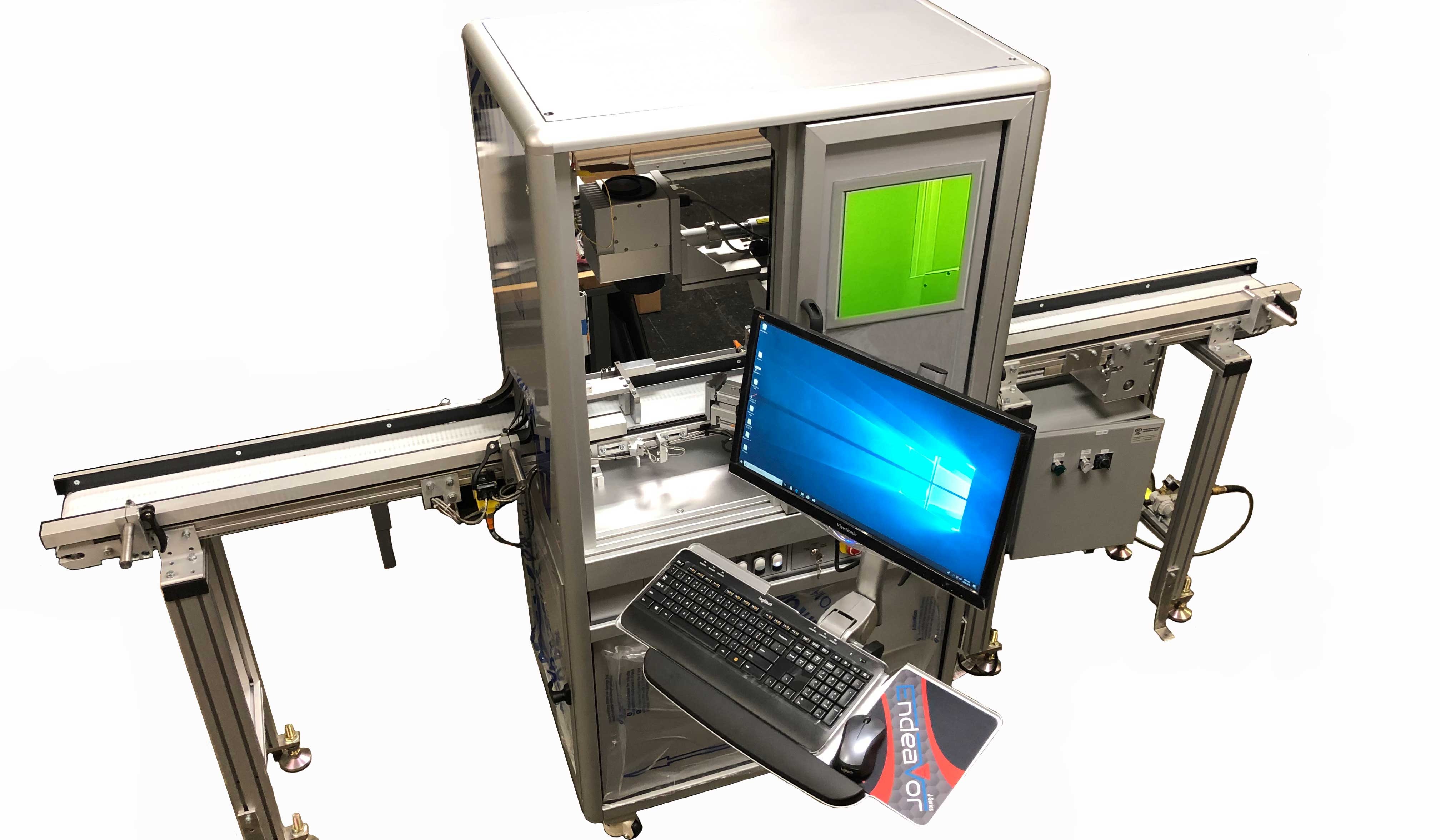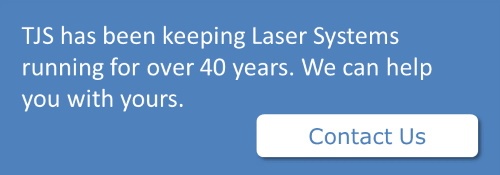
Here's a cost that catches most buyers off guard: application limitations that force you to buy additional equipment down the road. You start with one laser for a specific job, then realize it can't handle new materials or different marking depths. Before you know it, you're running multiple systems to cover what should be basic requirements.
The MOPA fiber technology in the J-Series fiber laser sidesteps this problem entirely. Deep engraving on hardened steel, delicate surface marking on aluminum, high-contrast results on plastics—the same laser handles all of these with different parameter settings. No additional equipment purchases when your requirements change.
MOPA technology gives you independent control over pulse width and frequency, something traditional Q-switched lasers can't match. This means you can fine-tune energy delivery for each material and application instead of accepting whatever the laser gives you.
A typical tool and die shop might need deep engraving over 0.040" for die molds, precise surface marking for part identification, and decorative work for custom tooling. Most systems excel in one area but often compromise in others. The J-Series optimizes for each application.
The field size flexibility adds another layer of protection. Quick-change beam expanders let you switch between 45mm precision work and 305mm large components without lengthy recalibration. When your product mix evolves—and it will—your laser adapts instead of becoming obsolete.
What Happens When Your Fiber Laser System Breaks Down?
When something goes wrong, response time determines whether you lose hours or days of production. Many manufacturers use third-party service networks or offshore support teams. You end up playing telephone through multiple people who don't understand your system.
The J-Series takes a different approach. The engineers who design and build these systems provide direct technical support: no middleman, no language barriers, no time zone complications. When you call with a problem, you're talking to someone who knows every component intimately.
This matters more than you might think. Average resolution times drop from hours to minutes because diagnostics start with deep system knowledge rather than generic troubleshooting scripts. The remote connectivity in the Prolase10 software lets support engineers see exactly what's happening on your system and fix issues without site visits.
The modular design makes any necessary maintenance straightforward. Component-level diagnosis means faster problem identification, and standardized modules simplify replacement procedures. What might require specialized training on other systems becomes routine maintenance with clear documentation and direct factory support.
How Much Do Fiber Lasers Cost to Maintain?
Maintenance expenses sneak up on you. Traditional flashlamp systems need regular lamp replacements, alignment procedures, and cooling system upkeep. These costs add up quickly and create scheduled downtime that disrupts production.
The J-Series Fiber Laser eliminates most maintenance requirements through smart engineering choices. Air cooling means no water pumps, chillers, or water quality monitoring—entire categories of maintenance disappear. This becomes especially valuable in facilities with water quality issues or extreme temperatures.
Power consumption differences compound monthly. The J-Series runs on standard 120VAC while delivering performance that competing systems achieve only with 230VAC three-phase power. Lower utility costs, simpler electrical requirements, and reduced infrastructure needs add up over time.
Our zero-failure field record isn't just about reliability—it's about avoiding the costs of production disruptions, emergency service calls, and equipment management headaches.
How Hard is it to Install a Fiber Laser System?
System integration often costs more than the equipment itself, especially when you need facility modifications, electrical upgrades, or extensive operator training.
The J-Series fits into existing operations without major changes. Standard power eliminates electrical work. Air cooling removes plumbing modifications. The compact footprint works in current production layouts. You install it and start marking, not renovating your facility.
Operator training stays simple because the Prolase10 interface prioritizes intuitive operation. Complex control systems create dependency on specialized operators and extend implementation timelines. The ergonomic workstation design reduces fatigue and improves productivity during long marking runs.
Will Your Fiber Laser System Handle Future Requirements?
Manufacturing requirements change. New products, different materials, evolving customer demands—your equipment needs to adapt, or you're buying new systems every few years.
The J-Series handles this through both hardware and software flexibility. MOPA technology adapts to new materials through parameter changes, not hardware modifications. Software updates expand capabilities without equipment changes. Custom field sizes accommodate unique requirements without complete system replacement.
The modular design allows component upgrades that extend capabilities as your needs grow. This upgrade path protects your initial investment while allowing for future expansion.
Revolutionize Your Automation with Fiber Laser OEM Kits: The RETRO Solution
In today's manufacturing environment, outdated laser systems can become significant bottlenecks in...
Endeavor RETRO: Modern Laser Solution for Aging Systems
If you're dealing with an aging laser system that's becoming unreliable or costly to maintain, the ...



Join the Conversation! Leave a comment below.